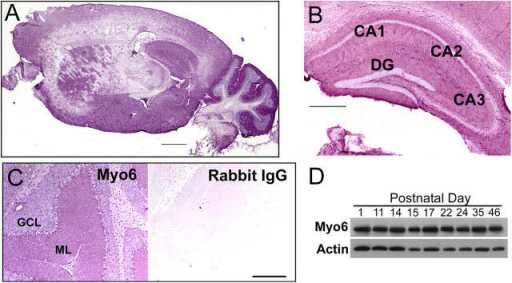


ischemia, or trauma) and rehabilitation, exercise can promote resilience to injury effects and promote recovery. The funders had no role in study design, data collection and analysis, decision to publish, or preparation of the manuscript.Ĭompeting interests: The authors have declared that no competing interests exist.Įxercise before injury or aging can induce beneficial plasticity, enhance brain resilience, and decrease its vulnerability to stress, depression, and degeneration. I have also built For Digital Object Identifier 10.6084/m9.figshare.7480232įunding: We gratefully acknowledge NIH support through the National Institute of Biomedical Imaging and Bioengineering (P41 EB015897) and the National Institute on Aging (K01 AG041211) (AB). This is an open access article distributed under the terms of the Creative Commons Attribution License, which permits unrestricted use, distribution, and reproduction in any medium, provided the original author and source are credited.ĭata Availability: All relevant data are within the main body of the manuscript. Received: SeptemAccepted: ApPublished: May 8, 2019Ĭopyright: © 2019 Badea et al. Our investigation may be relevant to studies of rehabilitation and recovery, and points to widespread network changes that accompany motor learning that may have potential applications to designing recovery strategies following brain injury.Ĭitation: Badea A, Ng KL, Anderson RJ, Zhang J, Miller MI, O’Brien RJ (2019) Magnetic resonance imaging of mouse brain networks plasticity following motor learning. Moreover, 40% of the M1 and S1 cluster by network intersections were in the top 80th percentile of the tract densities for their respective networks. We found that 89% of the significant cluster belonged to a network seeded in the contralateral M1, and 85% to one seeded in the contralateral M2. The significant clusters intersected tractography based networks seeded in M1, M2, S1, V1 and CPu at levels > 80%. By mapping a connectivity atlas into our ex vivo template we revealed that changes due to skilled motor learning occurred in a network of 35 regions, including the primary and secondary motor (M1, M2) and sensory cortices (S1, S2), the caudate putamen (CPu), visual (V1) and temporal association cortex. In vivo and ex vivo analyses identified plasticity in circuits relevant to selecting actions in a sensory-motor context, through exploitation of learned association and decision making. Cortical thickness differences did not survive multiple corrections, but uncorrected statistics supported the contralateral effects seen with voxel based volumetric analysis, showing thickening in the somatosensory, motor and visual cortices. We examined microstructural changes based on DTI, and identified increased fractional anisotropy and decreased apparent diffusion coefficient, predominantly in the cerebellum and its connections. While ex vivo imaging was affected by shrinkage due to the fixation, it allowed for superior resolution and improved contrast to noise ratios, especially for subcortical structures. The interaction between time and group (trained versus not trained) supported a role for the contralateral, but also the ipsilateral hemisphere. I n vivo MRI allowed us to detect longitudinal effects over the ~25 days training period. The temporal association area, parafascicular and mediodorsal thalamic nuclei were also enlarged. In vivo MRI detected contralateral volume increases in trained animals (reachers), in circuits involved in motor control, sensory processing, and importantly, learning and memory. We aimed to detect plasticity following learning of a unilateral reaching movement, and relied on MRI performed with a rapid structural protocol suitable for in vivo brain imaging, and a longer diffusion tensor imaging (DTI) protocol executed ex vivo. Mouse models have well controlled environments and genetics, and provide tools to help dissect the mechanisms underlying the observed responses to therapies devised for humans recovering from injury of ischemic nature or trauma.
#Fa treshhold in medinria for mouse brain full
We do not have a full understanding of the mechanisms underlying plasticity in the human brain.


 0 kommentar(er)
0 kommentar(er)
